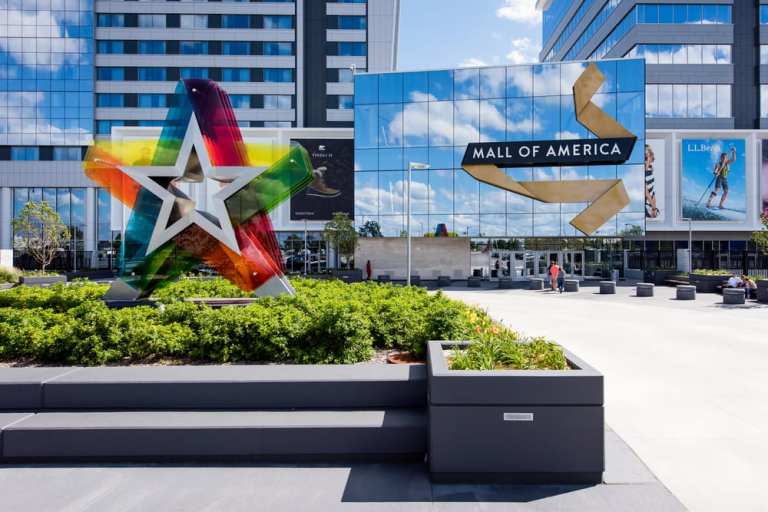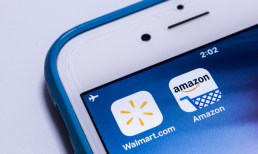Providing a top consumer experience is becoming more important and is a rising trend in retail, and that will almost certainly increase in the 2020s. The latest evidence comes from Lululemon.
The upscale apparel brand, according to a recent report, is opening an “experiential store” in the Mall of America in Minneapolis on Wednesday (Nov. 20). “The new 19,700-square-foot space will feature a studio equipped for yoga and high-intensity interval training classes. It will also have locker rooms and a fuel bar, which serves coffee, smoothies and pastries,” the report said. “The space will also feature a ‘Grow Room,’ a public and also rentable space designed for group bonding and meditation. In addition to hosting weekly classes, the store will also host a variety of events including panel discussions, movies and concerts.”
Physical Retail Efforts
Even as eCommerce keeps growing, physical retail is evolving to better reflect consumers’ desire for deeper experiences.
Physical retail may be going through some tough times. Malls are all but dead, and one chain after another is closing its doors. However, with Amazon and other formerly pure-play players opening up their own stores (that is, locations that have street addresses), it’s clear that physical retail still has some life, assuming it can change with the times.
Indeed, Warren Buffett’s Berkshire Hathaway recently “revealed it owned 1.2 million shares” of experiential furniture retailer RH in the third quarter, according to a report from CNBC. “The company changed its name to RH two years ago to rebrand itself as a ‘lifestyle’ company. RH has opened about 70 so-called RH Galleries, expansive museum-style stores, and has adopted a membership model,” per the report.
Advertisement: Scroll to Continue
That’s not all.
In a recent PYMNTS interview, Co-founder Katie Hunt of SHOWFIELDS – best described as a physical space in New York City for retail experiences – spoke about how at least part of in-person commerce will look, and even feel, in the 2020s. The story she told was about the importance of the consumer experience and the benefits of direct-to-consumer (DTC) brands reaching out to consumers via physical retail offerings.
“It should almost feel like you are walking in a live Instagram account,” she said when describing the ideal SHOWFIELDS experience. “You really want to experience a moment of time with the brand and their story. It should feel [like] you are just in their moment.”
Better Discovery
A bit about SHOWFIELDS, just in case the barely year-old company is new to the reader: Instead of a nicely laid out warehouse of consumer goods, Hunt’s vision was to create a store that made product discovery less of a chore and more of a fun adventure for shoppers. In the pre-Amazon days when all commerce was brick-and-mortar, shopping was partly a mission of retrieval of the goods one wanted to purchase, and partly a scavenger hunt for some new and beloved thing.
The SHOWFIELDS experience was designed to offer customers a new way to find what they want and also to discover what they didn’t know they needed. It is something of a modern bazaar, where DTC brands pay SHOWFIELDS a $6,000 to $12,000 monthly subscription fee for placement within the four-story department store. In return for that fee, SHOWFIELDS manages the entire retail process of each small storefront, and provides data for merchants about which products are drawing interest. All revenue from sales earned within SHOWFIELDS is kept by the merchants.
Among the defining endeavors of our time – at least in the world of payments and commerce – has been to bring brick-and-mortar retail stores into the new century. It’s an ongoing effort that has probably seen more failures than success stories, but that’s certainly not keeping people from betting on new innovations.
The idea, as explained in a PYMNTS interview with Adam Levene, founder of a retail technology company called Hero, is to plug the physical store, so to speak, into the larger digital and mobile worlds where consumers are increasingly operating. That means, among other tasks, helping to enable in-store retail associates to use the latest mobile technology – including emerging 5G mobile network technology – to better serve consumers and offer a deeper customer experience.
As all these instances show, the drive to create a better consumer experience via physical retail will continue well into the new decade.




